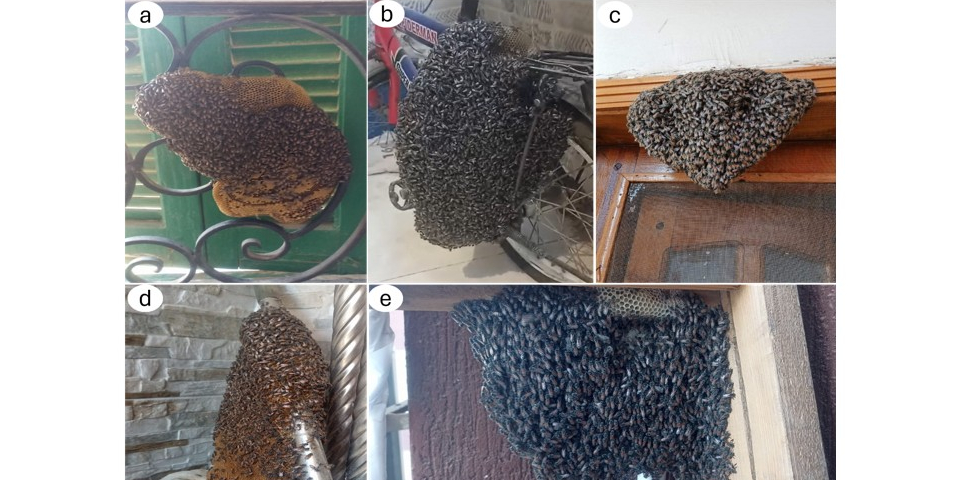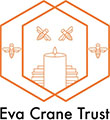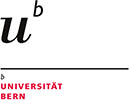The red dwarf honey bee (Apis florea), an open-nesting Asian species, has recently expanded its range beyond native regions, with populations documented in Egypt. Throughout 2023 and 2024, the public observed A. florea nests in Greater Cairo, despite previous predictions that suggested a likely distribution in the eastern, western, and northern regions, as well as the Nile Delta region. To gain a better understanding of their invasion and urban adaptation, we examined the morphometric characteristics of these populations in Egypt, as well as their preferred nesting sites in the urbanized areas of Greater Cairo. To do that, ten A. florea nests were sampled throughout Greater Cairo from 2023 to 2024, and 19 morphometric traits on worker honey bees were measured. Notably, all the nests investigated were found in highly urbanized areas of Greater Cairo, typically located on building hangings and balconies, metal pipes and railings, and home windows and doors, in contrast to previously reported common nest sites on vegetation (trees and shrubs). Significant morphometric variation was observed in 15 out of 19 traits among workers. Traits such as wing dimensions and body measurements exhibited regional variation, suggesting local adaptations influenced by environmental and genetic factors. Prin cipal Component Analyses revealed clear geographic structuring among A. florea populations from Egypt and other countries, indicative of urban adaptations. These results emphasize the adaptability of A. florea to human modified landscapes and its potential for further expansion and overall underscore the importance of monitoring A. florea’s spread, evaluating its ecological impacts, and assessing potential competition with native pollinators.
2412 Members
127 Countries!
127 Countries!










